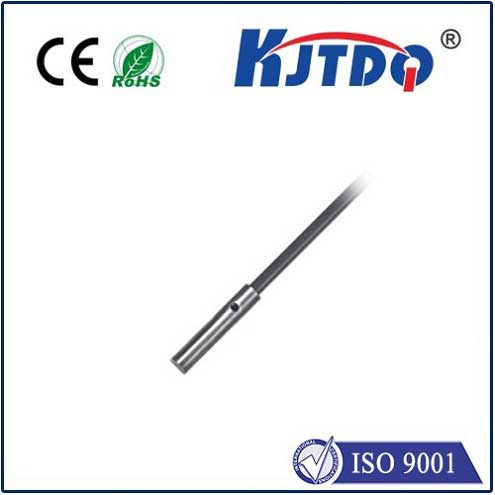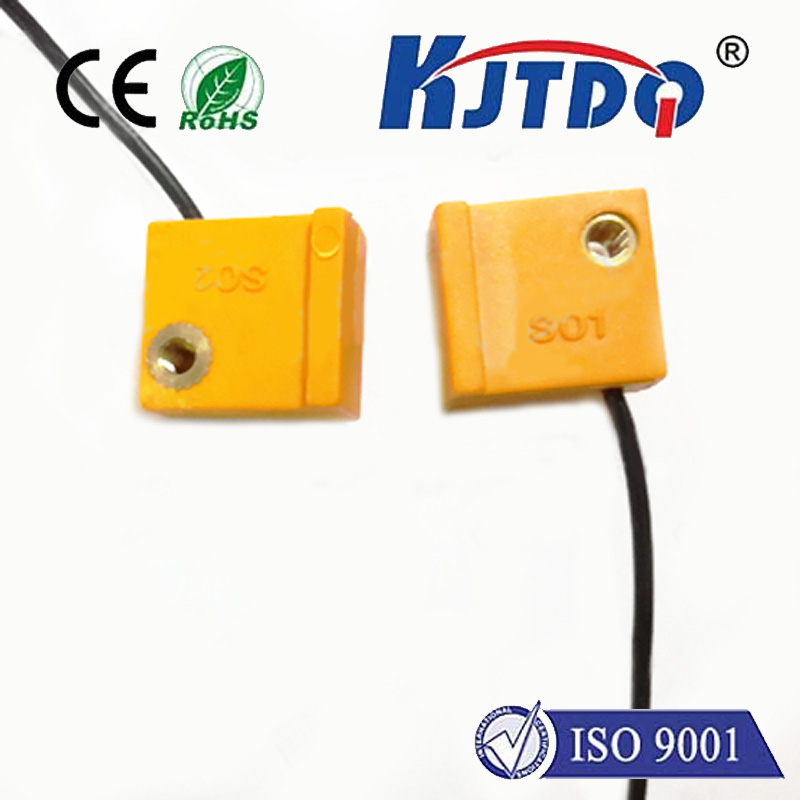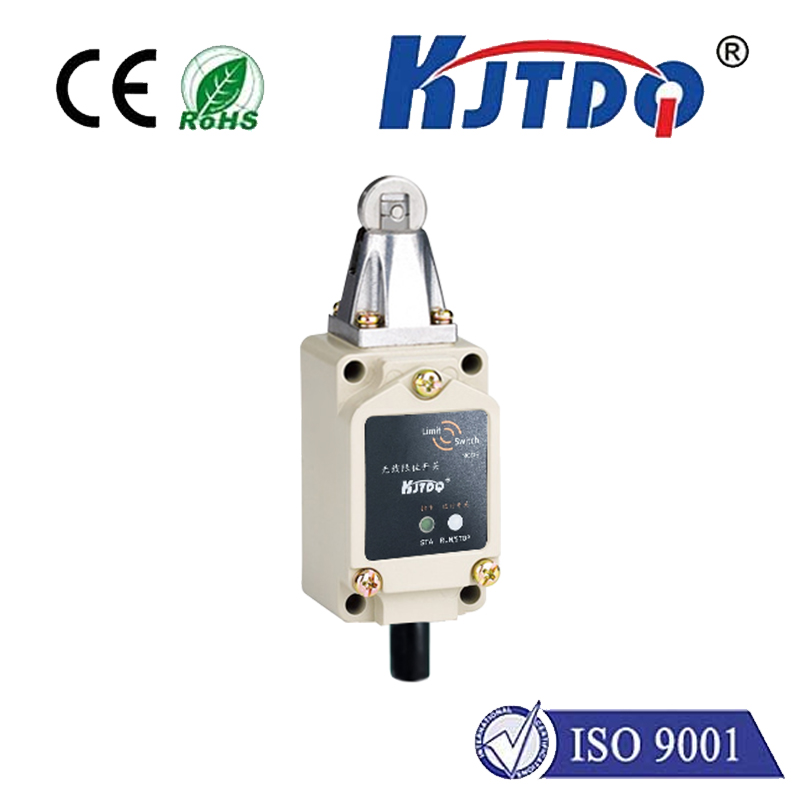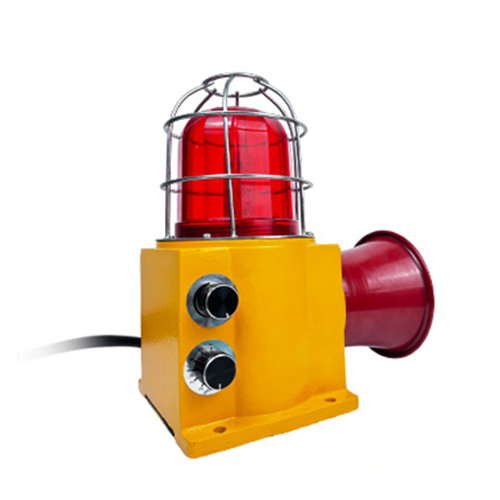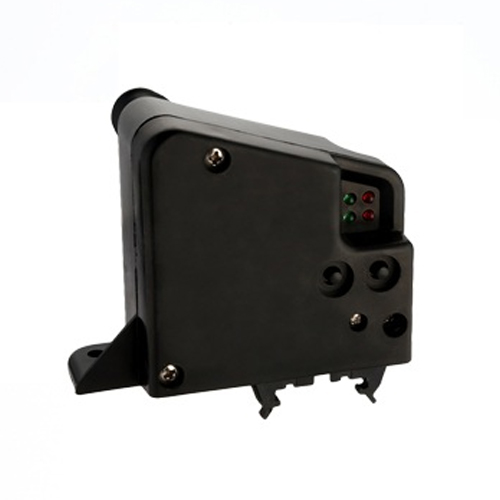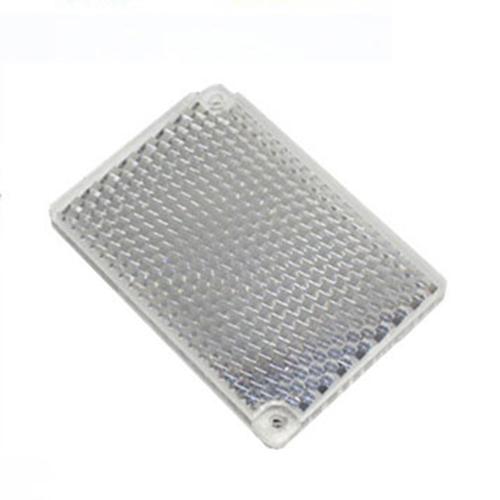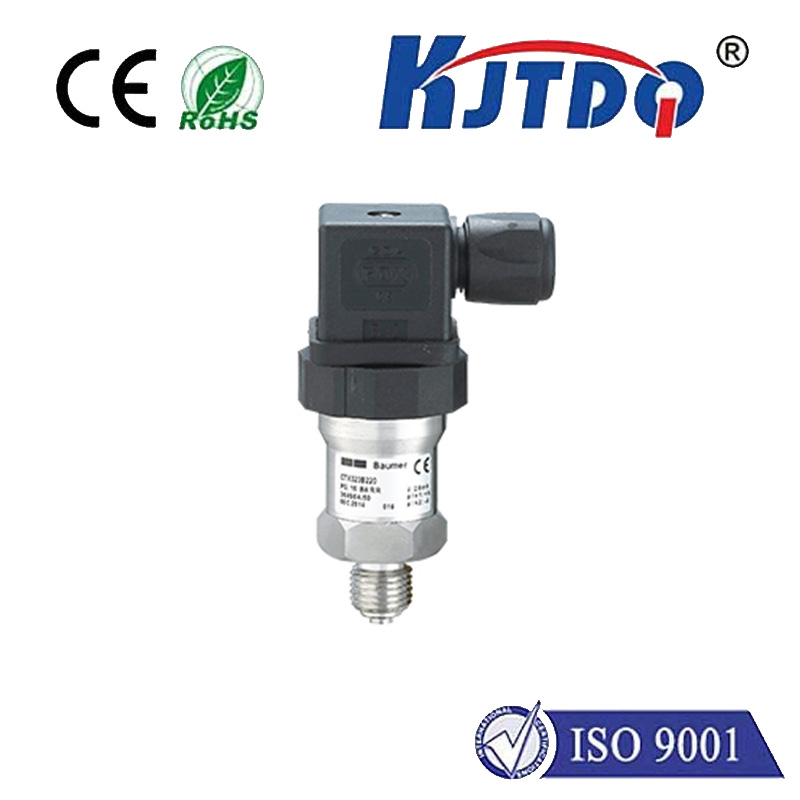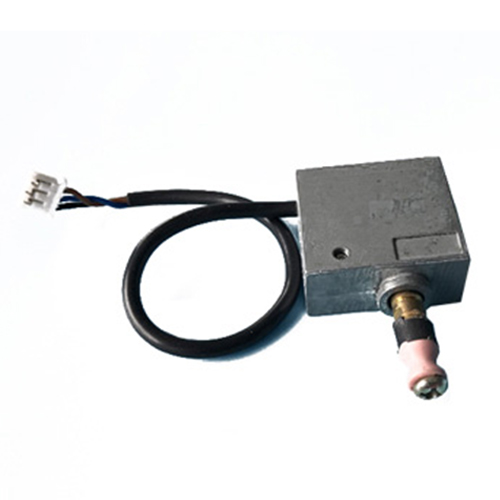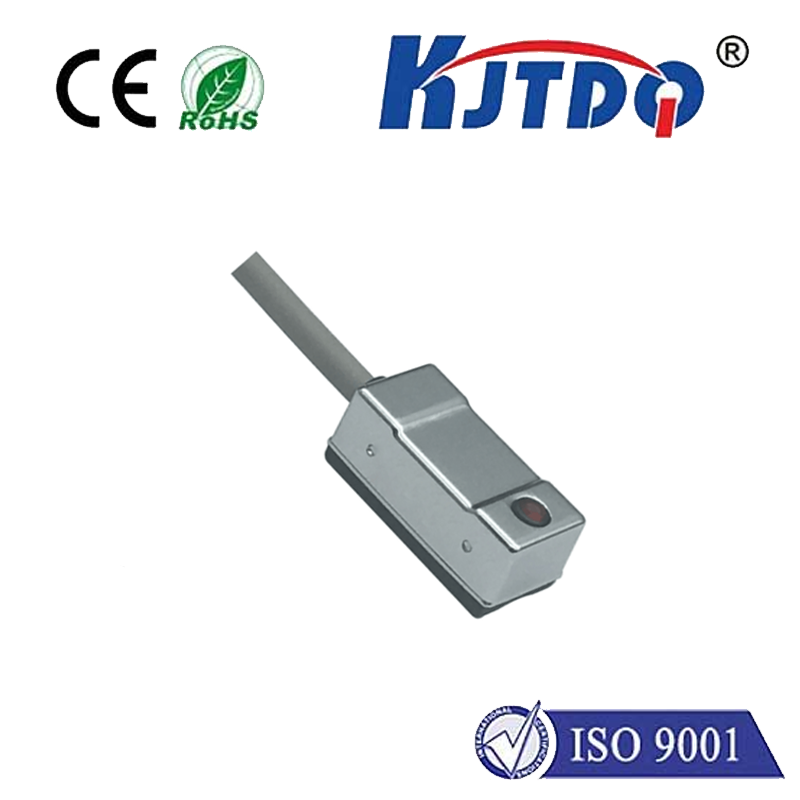liquid proximity sensor
- time:2025-06-19 00:59:00
- Click:0
Liquid Proximity Sensors: Revolutionizing Level Detection and Leak Prevention
Imagine a critical industrial process grinding to a halt because a tank overflowed. Picture costly product loss from an undetected leak. Envision manual level checks consuming valuable technician hours. These scenarios highlight the vital need for reliable, non-contact liquid level detection – precisely where liquid proximity sensors excel. These versatile devices act as silent sentinels, safeguarding efficiency, safety, and product integrity across countless industries, from manufacturing and chemical processing to agriculture and food production.
Beyond Simple Switches: Understanding Liquid Proximity Technology
Unlike mechanical floats or basic contact switches, liquid proximity sensors operate without physically touching the liquid they monitor. This non-contact principle is fundamental to their appeal, eliminating issues like contamination, mechanical wear, corrosion, and the need for complex moving parts. But how do they “sense” the presence of a liquid without touching it?
Two primary technologies dominate liquid proximity sensing:
- Capacitive Liquid Proximity Sensors: These sensors exploit the principle of capacitance – the ability of a system to store an electrical charge. The sensor’s face acts as one plate of a capacitor. When a liquid (or any material with sufficiently different dielectric constant than air) approaches the sensing face, it alters the capacitance between the sensor and its surrounding environment. The integrated electronics detect this change and trigger a switching output (on/off) once the liquid reaches a predefined proximity distance. Their key strength lies in detecting liquids through non-metallic tank walls, making them ideal for monitoring levels inside plastic containers or reactors without penetration.
- Optical Liquid Proximity Sensors: These sensors utilize light, typically infrared (IR), and its interaction with the target medium. They emit an IR beam. When liquid is present within the detection zone, the light beam refracts (bends) differently off the liquid surface compared to air. Alternatively, some models rely on the difference in reflectivity between the liquid and air or the tank wall. The sensor detects this change in the received light signal and switches its output state. Optical sensors often offer high precision for clear liquids and clean environments and can sometimes distinguish between different liquids.
Where Liquid Proximity Sensors Shine: Key Applications

The non-contact nature and robust construction of modern liquid proximity sensors make them indispensable in diverse scenarios:
- Tank Level Monitoring (High/Low Limit Control): Preventing overfills and dry-running conditions in storage tanks, reservoirs, sumps, and processing vessels. Minimizing spill risks and equipment damage is paramount here.
- Leak Detection: Placed strategically under machinery, along pipe racks, or in containment areas, they provide early warning of fluid leaks (oils, coolants, chemicals, water), enabling swift intervention before significant damage or safety hazards occur.
- Presence Verification: Ensuring liquid is present at critical points before processes start (e.g., verifying coolant flow before machining begins) or confirming liquid has been dispensed into a container.
- Interface Detection: Distinguishing between different liquids (e.g., oil on water) or detecting the foam-liquid interface in certain processes.
- Pump Control: Protecting pumps from dry running by sensing liquid presence in a suction line or reservoir.
- Process Automation: Triggering sequential process steps based on liquid presence or level at specific points in a production line.
The Undeniable Advantages: Why Choose Liquid Proximity Sensors?
Choosing the right sensor technology impacts operational reliability and cost. Liquid proximity sensors offer compelling benefits:
- Non-Contact Operation: Eliminates contamination risk for the liquid and prevents sensor fouling or corrosion from direct contact. Crucial for sanitary applications (food, pharma) and aggressive chemicals.
- Minimal Maintenance: No moving parts to wear out or get stuck. Reduces downtime and maintenance costs significantly.
- Fast Response Time: Detect the presence or absence of liquid almost instantaneously, critical for high-speed processes and safety shutdowns.
- Versatility: Capable of detecting a vast range of liquids – water, oils, coolants, chemicals, solvents, and even some viscous materials (though viscosity can affect detection distance). Capacitive sensors work effectively on non-metallic tanks.
- Reliability: Proven technology delivering consistent performance in demanding industrial environments when selected appropriately.
- Simplified Installation: Often compact and easier to install than mechanical floats or complex level transmitters, especially for point-level detection.
Selecting the Right Sensor: Critical Considerations
Not all liquid proximity sensors are created equal. Selecting the optimal sensor requires careful evaluation:
- Liquid Properties:
- Dielectric Constant (for Capacitive Sensors): The primary factor. Liquids with higher dielectric constants (like water ~80) are easily detected. Oils (~2-5) are harder; specialized sensors exist for these. Check manufacturer data.
- Optical Properties (for Optical Sensors): Detecting clear liquids poses more challenge than opaque ones. Foam, bubbles, turbidity, or color can influence performance.
- Viscosity: Thick liquids might coat the sensor face over time, potentially affecting both capacitive and optical types. Consider self-cleaning designs or mounting positions.
- Temperature: Affects liquid properties and sensor electronics. Ensure the sensor’s operating temperature range matches the liquid environment.
- Chemical Compatibility: Sensor housing and sensing face materials must resist corrosion or degradation by the liquid.
- Tank Material & Wall Thickness: Crucial for capacitive sensors. Non-metallic tanks (plastic, glass) are compatible; metal tanks often require specialized mounting (e.g., threaded bosses) as the metal shields the field. Sensor range decreases with thicker walls.
- Environment: Consider temperature extremes, pressure, humidity, dust, vibration, and potential exposure to cleaning chemicals or washdowns (requiring high IP ratings like IP67/IP69K).
- Required Detection Distance: How close does the liquid need to be for reliable detection? Ensure the sensor’s nominal sensing range meets the application need with margin.
- Output Type: PNP/NPN transistor outputs (most common), analog outputs (for graded level indication), or relay outputs? Match to your control system input.
- Mounting: Threaded barrel, bracket, or flush mounting? Consider ease of installation and accessibility.
Installation Best Practices: Ensuring Optimal Performance
Proper installation is key to reliable operation:
- Mount Securely: Prevent vibration or accidental movement.
- Align Correctly: Ensure the sensing face is perpendicular to the expected liquid surface or flow path.
- Mind the Range: Mount within the sensor’s specified proximity range from the target liquid position.
- Avoid Coatings: Ensure no buildup (scale, residue, grease) forms on the sensing face. Regular cleaning or appropriate mounting angle may be needed.
- Electrical Connections: Follow manufacturer wiring diagrams meticulously and ensure proper grounding/shielding to avoid electrical noise interference.
- Set Sensitivity: Some capacitive sensors offer sensitivity adjustment potentiometers. Fine-tune according to the liquid and mounting conditions per the manual.
The Unsung Heroes of Fluid Management
Liquid proximity sensors are far more than simple switches; they are intelligent guardians of process integrity. By providing reliable, non-contact detection, they prevent costly spills, protect valuable equipment, optimize resource usage, and enhance safety protocols. Their versatility






